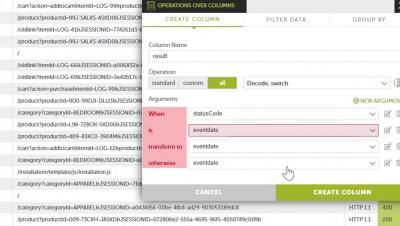Weekly Cyber Security News 14/09/2018
A selection of this week’s more interesting vulnerability disclosures and cyber security news. A lot to get worked up about this week, and I will skip the majority of the noise about British Airways and yet more MongoDB related shenanigans, to highlight another kind of oversight: Deploying publicly accessible web content with Git and not cleaning up afterwards – or not doing it in the first place perhaps.










